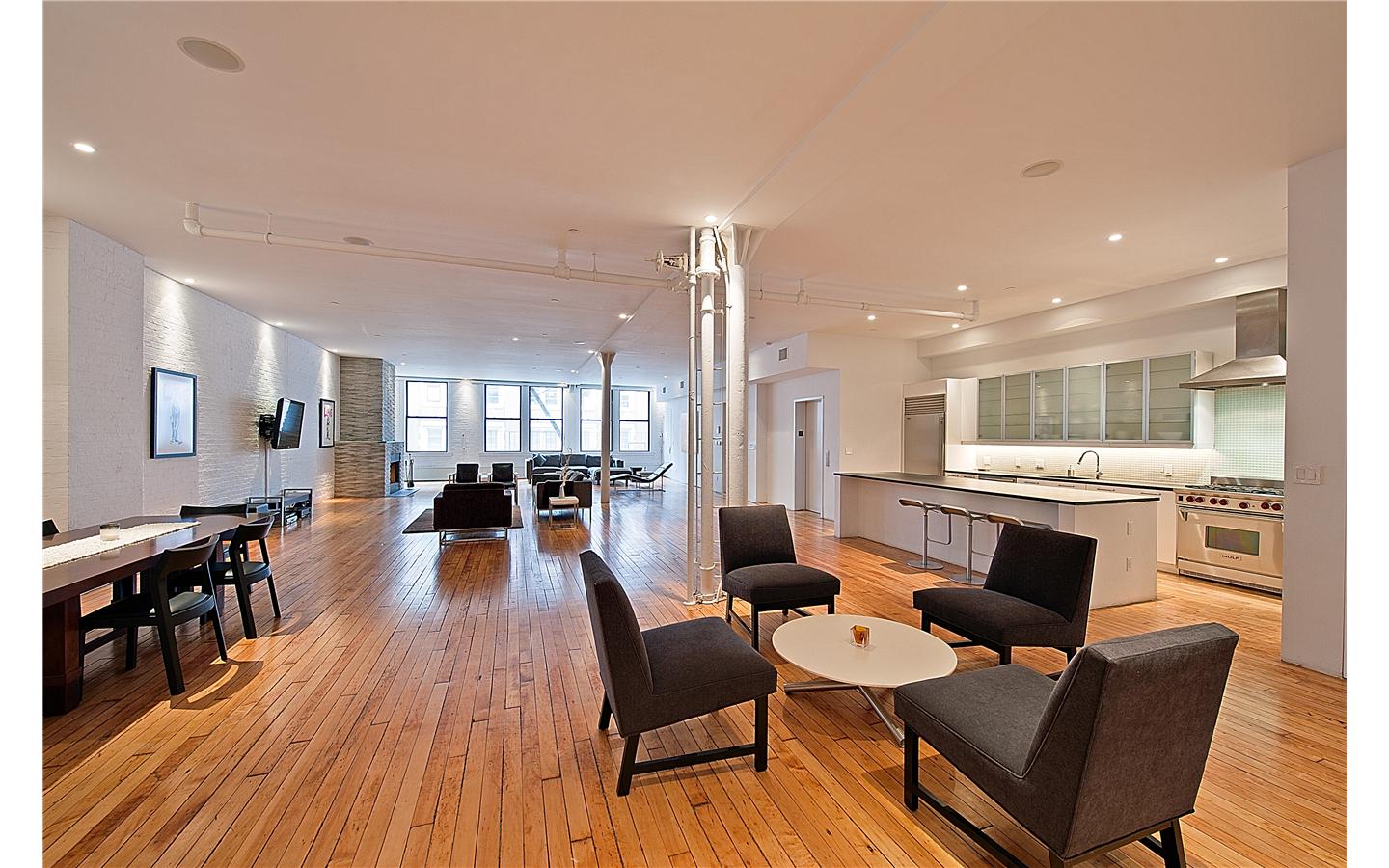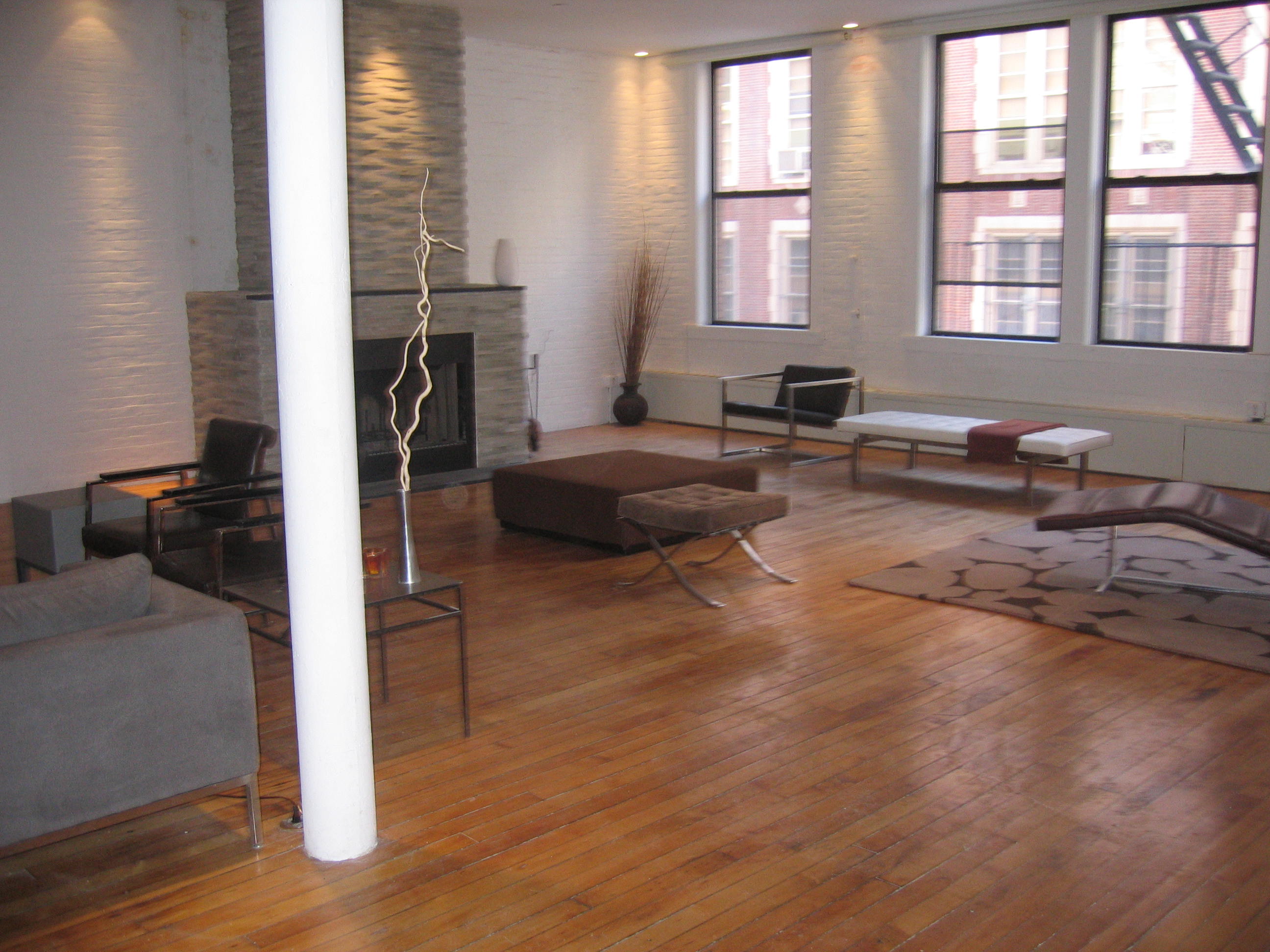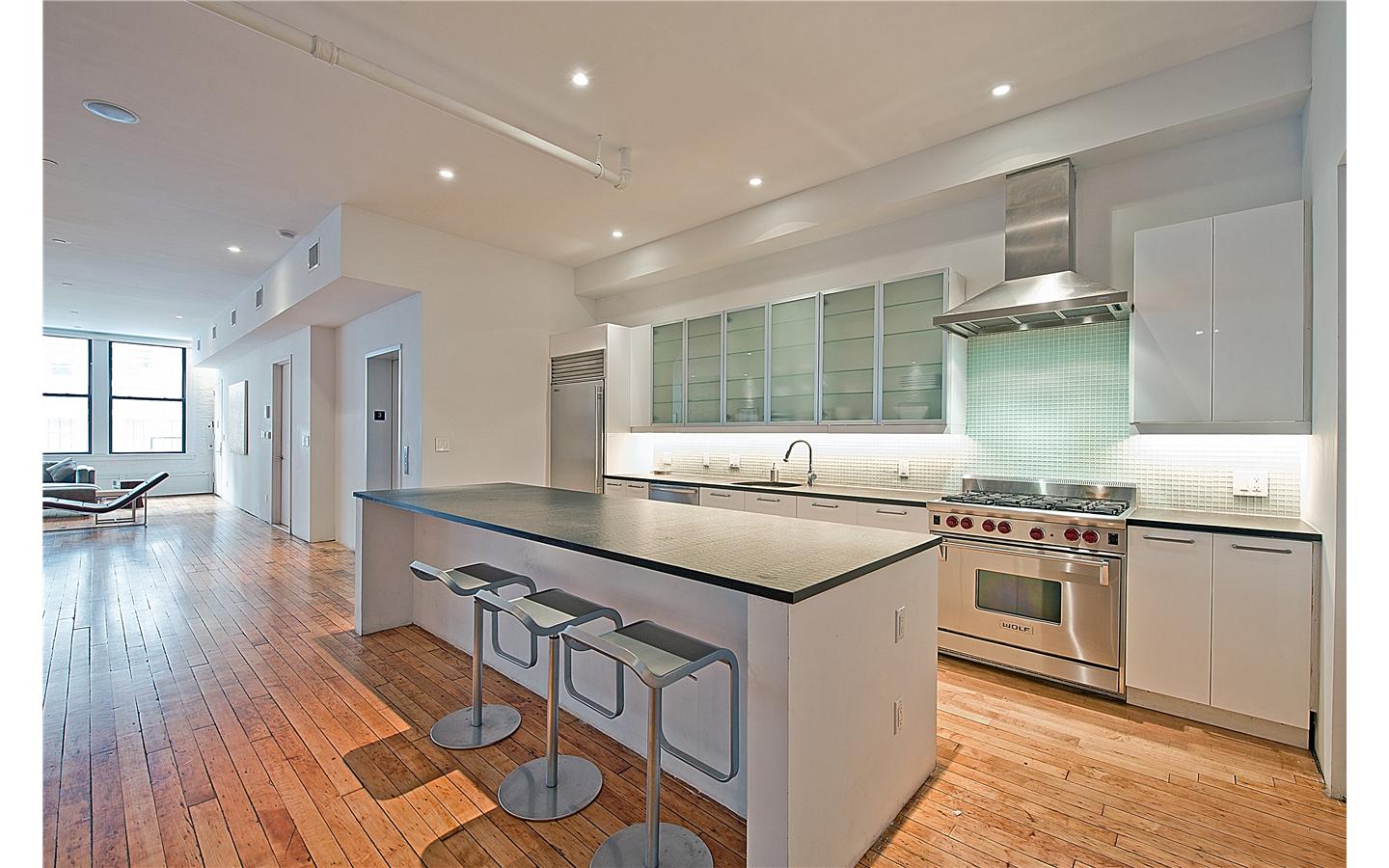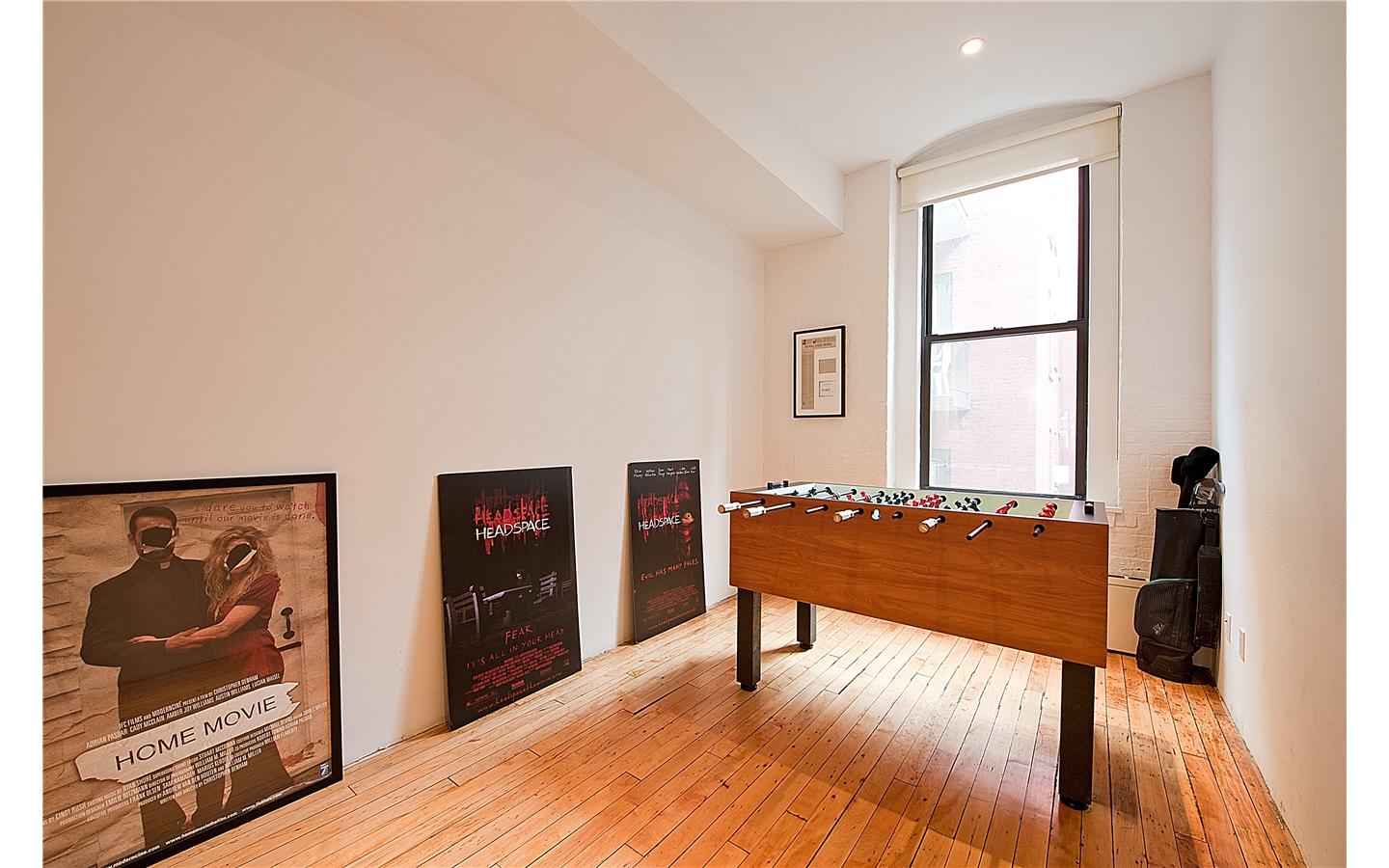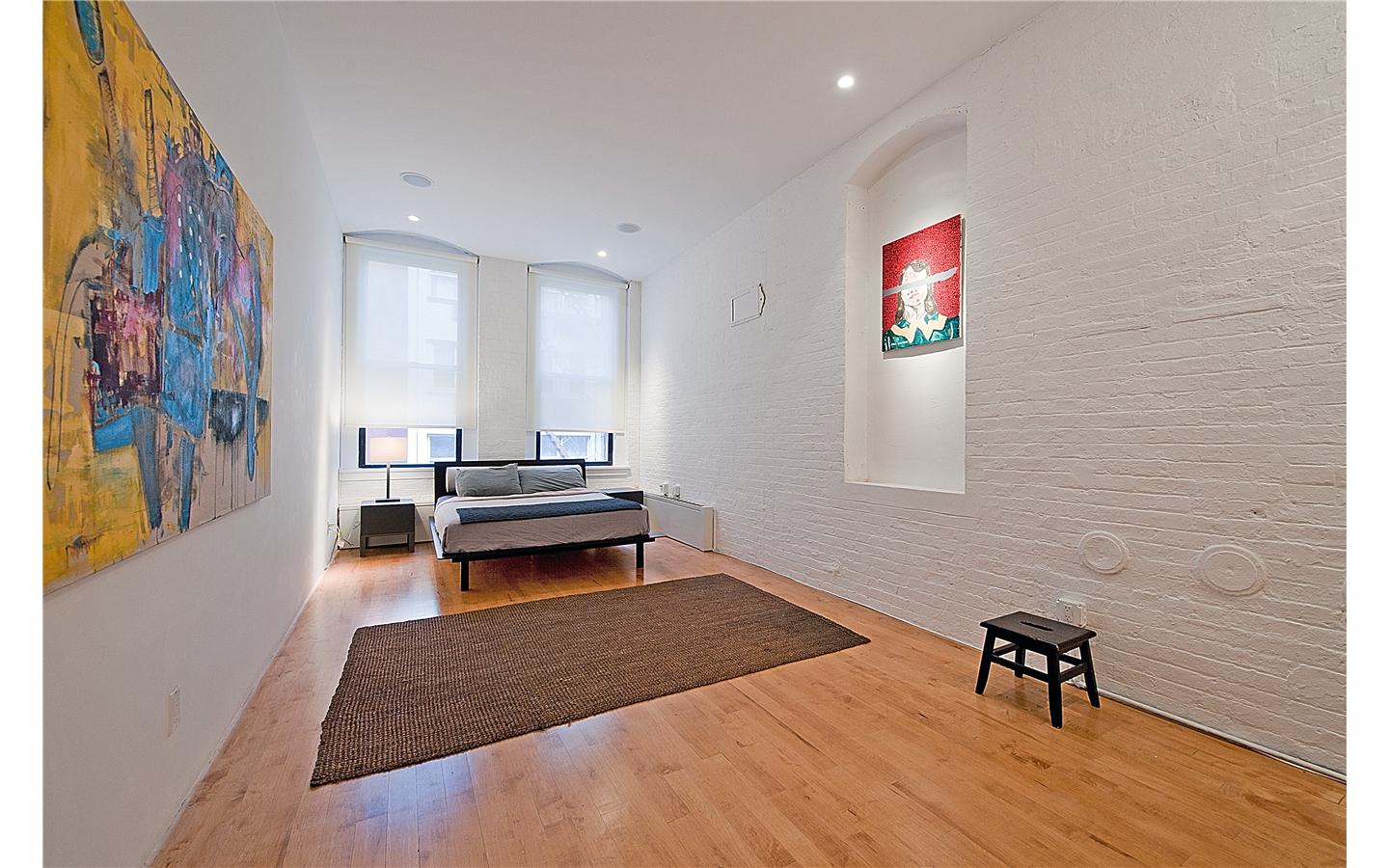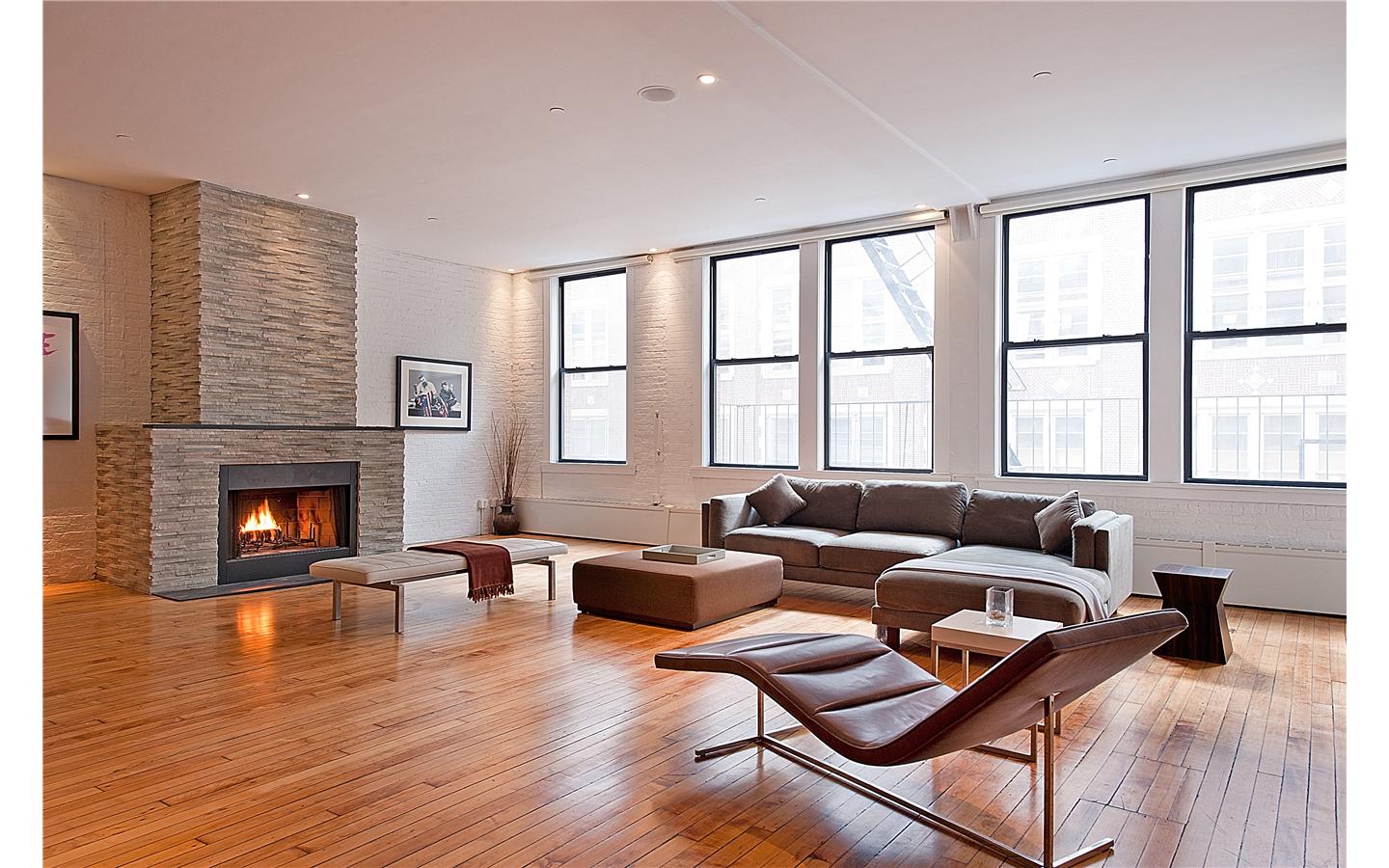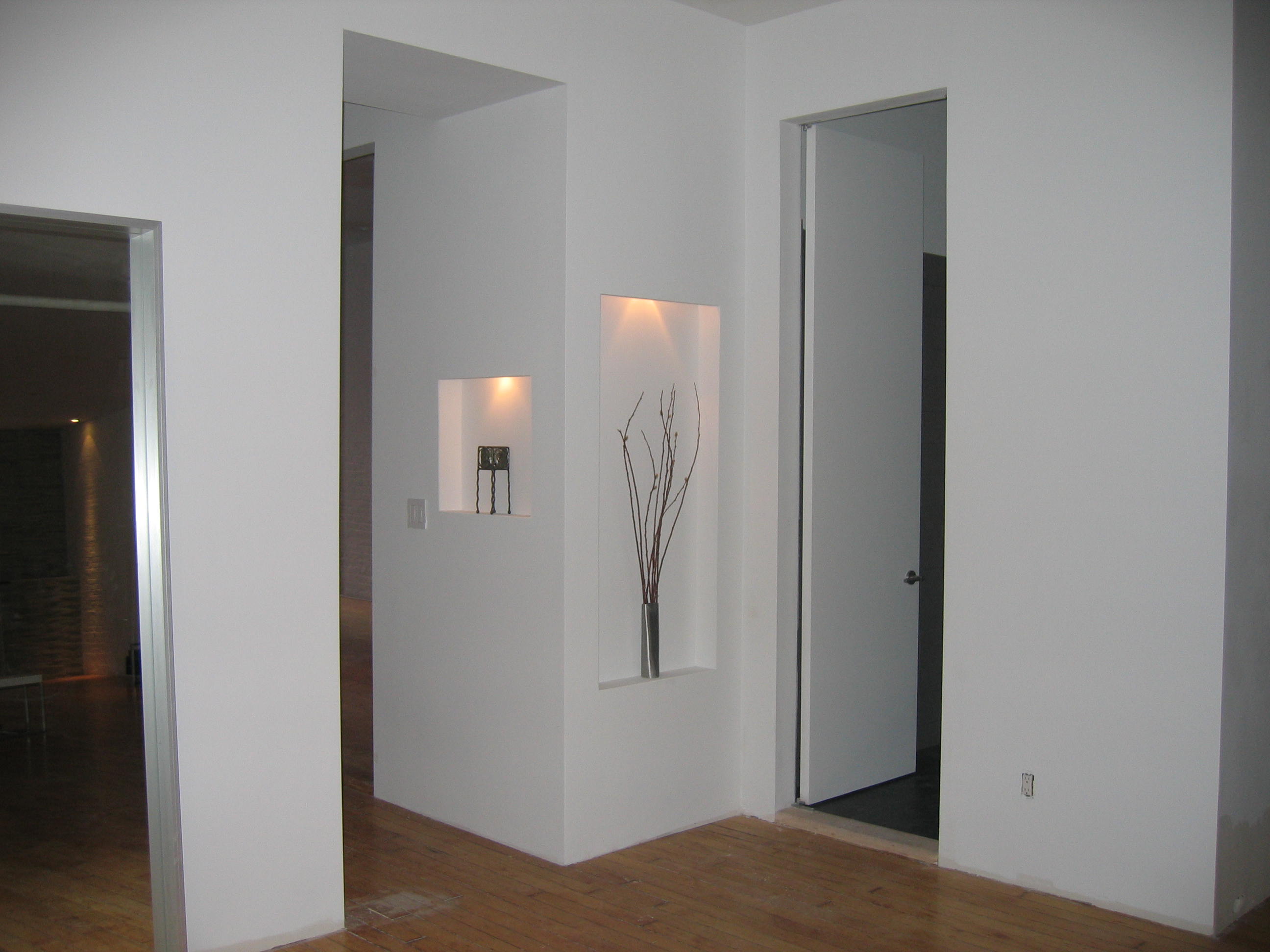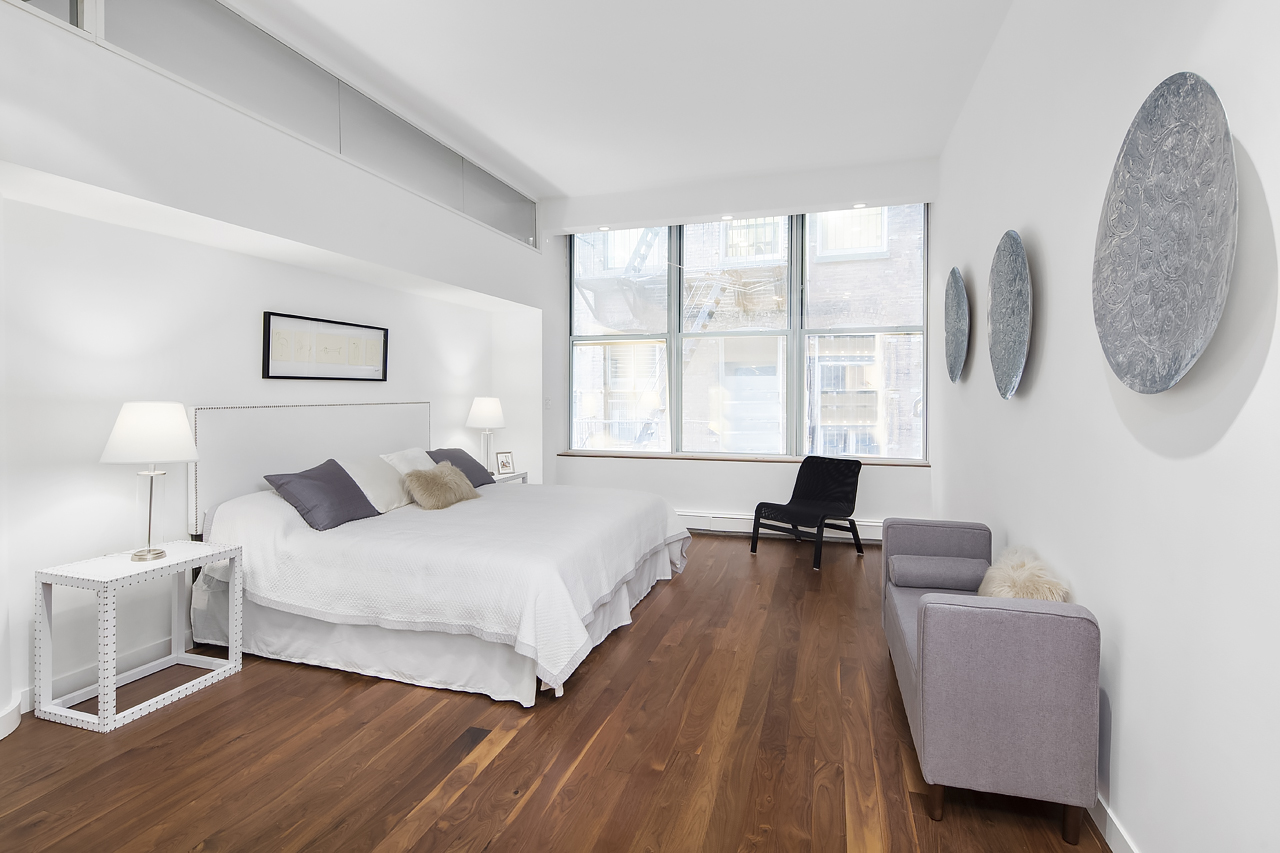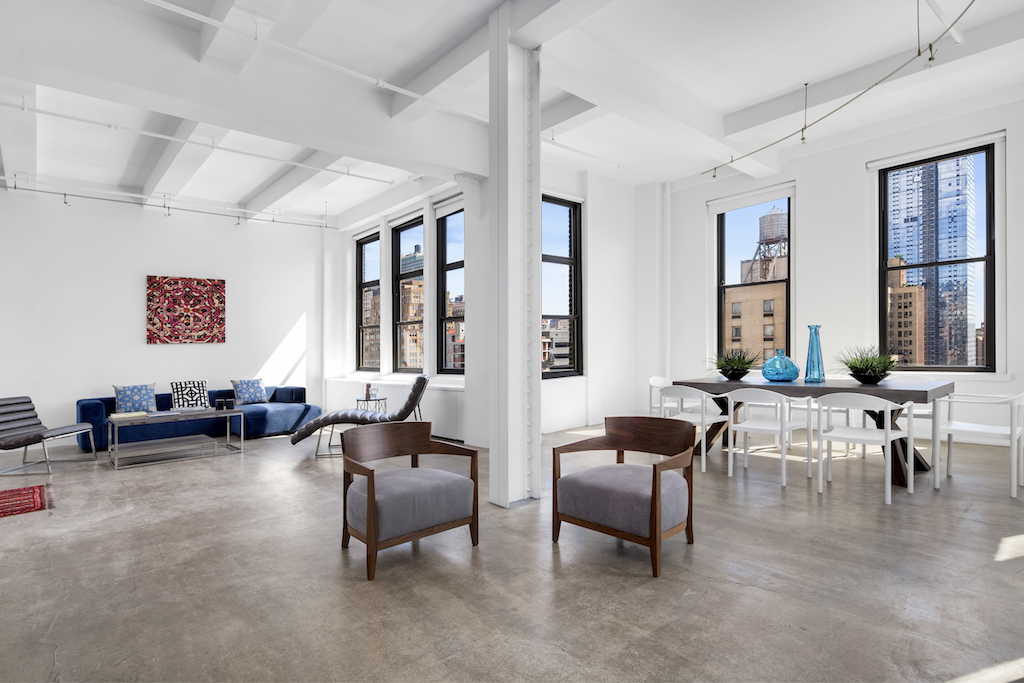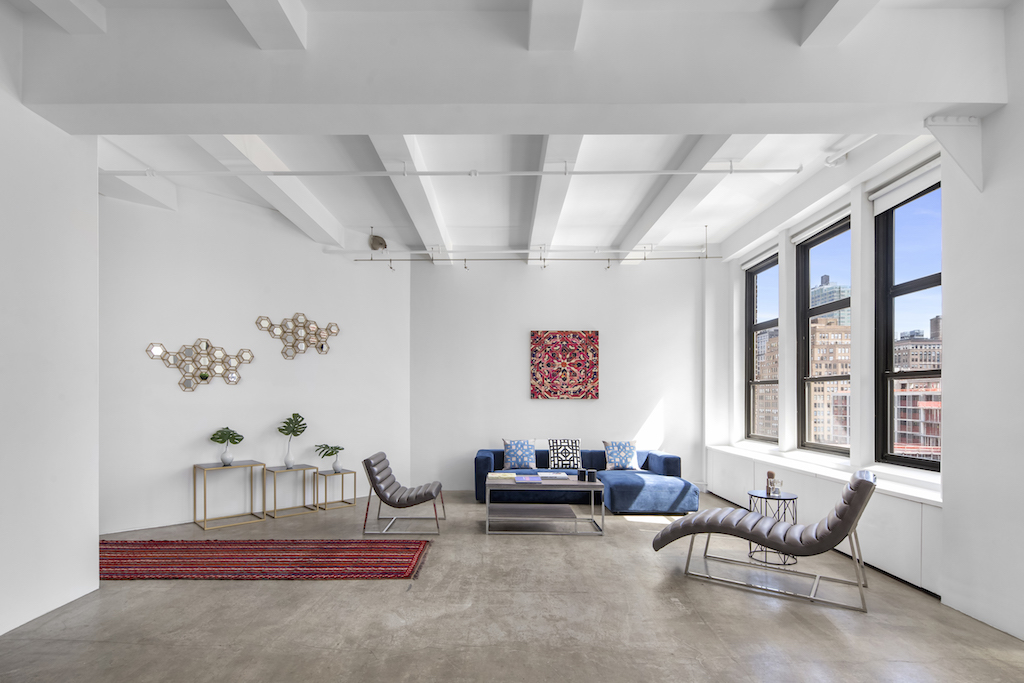New York
AdLarem New York seeks to invest primarily in high-end luxury apartments in New York City that it believes will outperform the high-end luxury market over a long-term investment period. We measure our performance by evaluating the total returns generated for our investments through long-term capital appreciation and current income. Our investment strategy focuses on units that could benefit from upgrades. We apply a thorough renovation program to each property, which includes adding fixtures and finishes, and creating layouts that most appropriately fit the unique lifestyle of high-end New York City renters.
AdLarem New York seeks investments that typically fall into the following five categories:
1. Sustainable Competitive Advantages
Investments in properties where the AdLarem team identifies a significant opportunity to exceed the rental yields of ultra-luxury properties that make up approximately 1 percent of the city’s rental market and can maintain or exceed current rental rates.
2. Value-Add & Opportunistic Equity
To create outsized returns by leveraging AdLarem’s differentiated insights, relationships, and execution capabilities. This allows us to have a strong point of view about value, risks and potential rewards of each investment.
3. Volatility with Risk-Adjusted Upside
We have limited or no leverage on most of our properties, which allows us to invest in more volatile rental properties with a long-term risk-managed approach.
4. Timing
Luxury real estate tends to have steeper ups and downs than average buys. For this reason, we typically choose to buy within a market cycle when we see a price correction of around 30%.
5. Luxury Property Defined
A high price-tag alone won’t put a property into the luxury category. The property needs to feel unique and exclusive, which may include, but not be limited to, luxury activities like high-end shopping, dining, and the arts, as well as proximity to other luxury locations.





